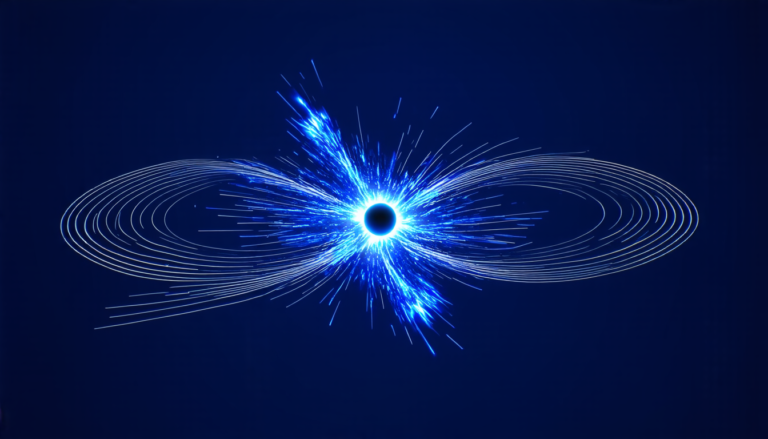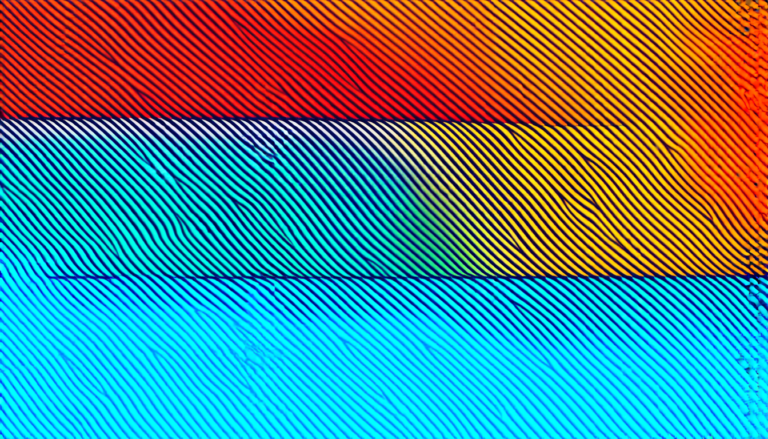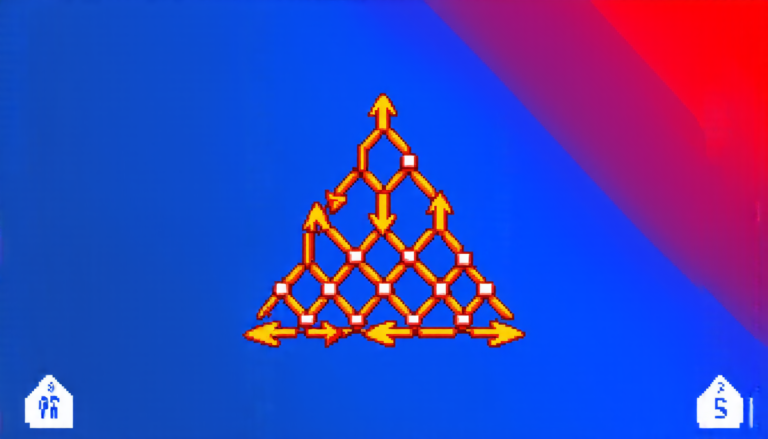Wednesday 16 April 2025
The ZWO ASI6200MM Pro camera, designed for astronomical observations, has been put through its paces in a laboratory setting. The results are impressive, showing that this camera is well-suited for precision photometry and astrometry.
First, let’s talk about the camera’s performance under stable conditions. The bias stability test revealed that the camera maintains consistent levels of bias counts over a 20-minute period, with a deviation of less than 0.03 ADU. This means that any fluctuations in the camera’s output are minimal and can be easily corrected for.
The camera was also tested for its ability to capture images under varying exposure times and signal levels. The results showed excellent linearity across a wide range of exposure times, with nonlinearity remaining below 0.5% even at high signal levels. This is essential for precision photometry, as it allows astronomers to accurately measure the brightness of celestial objects.
Another important aspect of camera performance is its ability to capture dark current noise. Dark current refers to the random fluctuations in the camera’s output that occur when there is no light present. The ZWO ASI6200MM Pro showed a low average dark current rate of approximately 0.002 e−pixel−1 s−1 at 0°C, making it well-suited for long exposure times.
The camera was also tested for its gain and read noise characteristics. Gain refers to the camera’s ability to convert incoming photons into digital signals, while read noise is the random fluctuations that occur during the process of reading out the camera’s pixels. The results showed consistent gain values across all three cameras used in the test, ranging from 0.252 to 0.255 e−ADU−1. The pixel-level analysis revealed a narrow gain distribution centered around 0.255 e−ADU−1, indicating excellent uniformity across the sensor.
The read noise distribution exhibited a low median of 1.028 e−, with most pixels performing consistently. However, there were some outliers that showed significantly elevated noise levels. These outliers are important to identify and correct for in order to achieve accurate photometry.
Overall, the ZWO ASI6200MM Pro camera has shown impressive performance in laboratory tests. Its stability, linearity, low dark current noise, consistent gain values, and accurate read noise measurements make it an excellent choice for precision photometric observations.
Cite this article: “Unlocking the Secrets of CMOS Cameras: A Groundbreaking Study on the Performance of ZWO ASI6200MM Pro”, The Science Archive, 2025.
Astronomy, Camera, Photometry, Astrometry, Stability, Linearity, Dark Current, Gain, Read Noise, Precision







